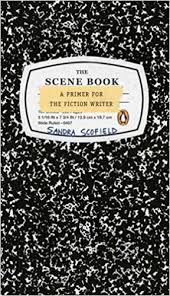The use of self--the “I”--in writing is a tough balance. On one end of the continuum is ignoring the self and on the other end is living in a world of constant Dear Diary impulses: “This is how I feel now...and now...and now...and now...” (Actually, it’s not just in writing that this is a tough balance, it’s a tough balance in living too.)
In an Emerson essay that I recently read (and I wish I could remember which one), he used “I” only once. This is in sharp contrast to many essayists who strew their “I’s” about like so many pretzel sticks spilled from a bag.
Annie Dillard offers a good balance, in my opinion, and I’m reminded of this once again as I’m reading An American Childhood. In an essay entitled "To Fashion a Text", included in Zinsser's anthology Inventing the Truth: The Art and Craft of Memoir, Dillard discusses the decisions she made in crafting this memoir. Among the topics she intentionally left out of the memoir--as far as she could--was herself. The rule she established for herself was: "The personal pronoun can be the subject of the verb: 'I see this, I did that.' But not the object of the verb: 'I analyze me, I discuss me, I describe me, I quote me.“ This is largely her modus operandi in most of her work.
In Pilgrim at Tinker Creek, Dillard identifies her role in the book, “I am an explorer, then, and I am also a stalker, or the instrument of the hunt itself.” She tells how Indians used to carve long grooves called “lightening marks” into their arrows’ wooden shafts. If the pursued game didn’t fall from the initial arrow penetration, its blood from the wound would flow along the groove and on to the ground, leaving a trail of blood for the Indian to follow. “I am the arrow shaft, carved along my length by unexpected lights and gashes from the very sky, and this book is the straying trail of blood.”

